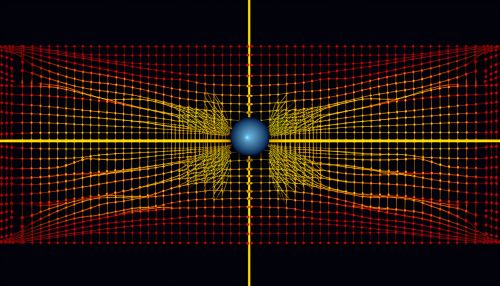Matrix subtraction
Introduction
Matrix subtraction is a fundamental operation in the field of linear algebra. It is a process that involves the subtraction of corresponding elements of two matrices to produce a new matrix. This operation is only possible when the two matrices involved have the same dimensions, that is, they must have the same number of rows and columns.
Definition
Matrix subtraction is defined as the operation of subtracting the elements of one matrix from the corresponding elements of another matrix. If A and B are two matrices of the same order, the subtraction of B from A, denoted as A - B, is a matrix C where each element cij is obtained by subtracting the corresponding element bij from aij, that is, cij = aij - bij.


Properties
Matrix subtraction has several properties that are similar to those of matrix addition. These properties are essential in understanding the behavior of matrices under subtraction and can be used to simplify complex matrix operations.
1. Commutativity: Unlike matrix addition, matrix subtraction is not commutative. That is, for any two matrices A and B, A - B is not equal to B - A.
2. Associativity: Matrix subtraction is associative. For any three matrices A, B, and C of the same size, (A - B) - C is equal to A - (B - C).
3. Distributivity over Scalar Multiplication: For any matrix A and scalars c and d, c(A - B) = cA - cB.
4. Existence of Additive Identity: For any matrix A, there exists a matrix 0 (a zero matrix of the same size as A) such that A - 0 = A.
5. Existence of Additive Inverse: For any matrix A, there exists a matrix -A (the additive inverse of A) such that A - A = 0.
Applications
Matrix subtraction has wide applications in various fields such as computer graphics, physics, engineering, and statistics.
1. Computer Graphics: In computer graphics, matrices are used to represent transformations such as rotation, scaling, and translation. Matrix subtraction is used in operations such as interpolating between transformations or undoing a transformation.
2. Physics: In physics, matrices are used to represent systems of linear equations, which often arise in areas such as quantum mechanics and relativity. Matrix subtraction is used in operations such as calculating changes in state or energy.
3. Engineering: In engineering, matrices are used in areas such as signal processing, control systems, and structural analysis. Matrix subtraction is often used in these areas to calculate differences or changes.
4. Statistics: In statistics, matrices are used to represent data sets and statistical models. Matrix subtraction is used in operations such as calculating residuals or deviations from a model.
